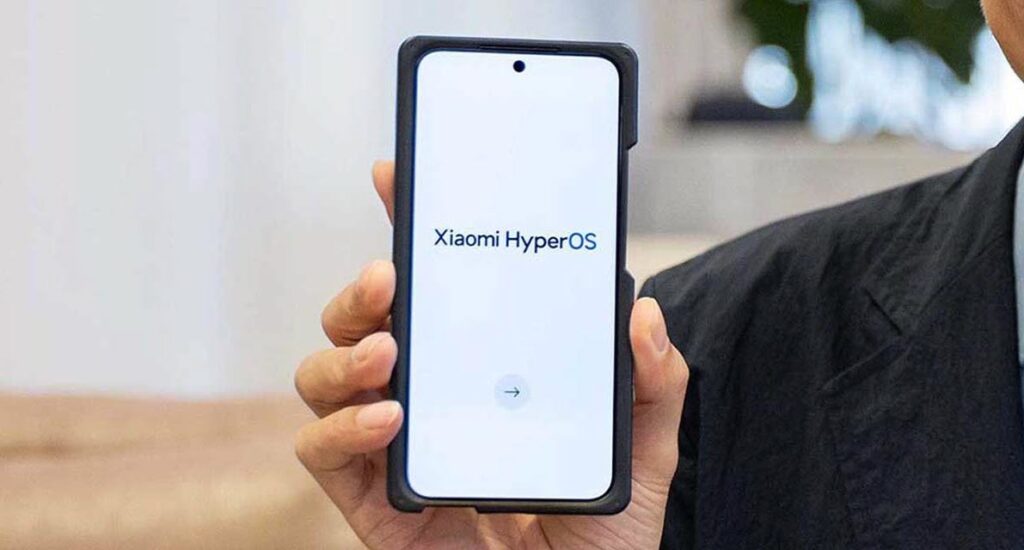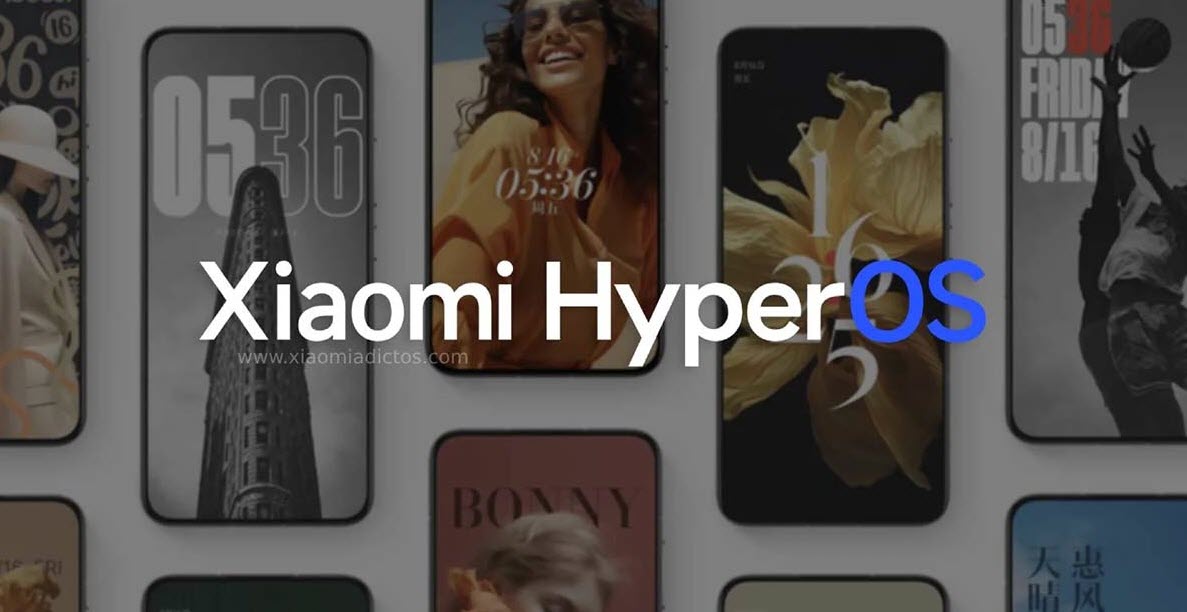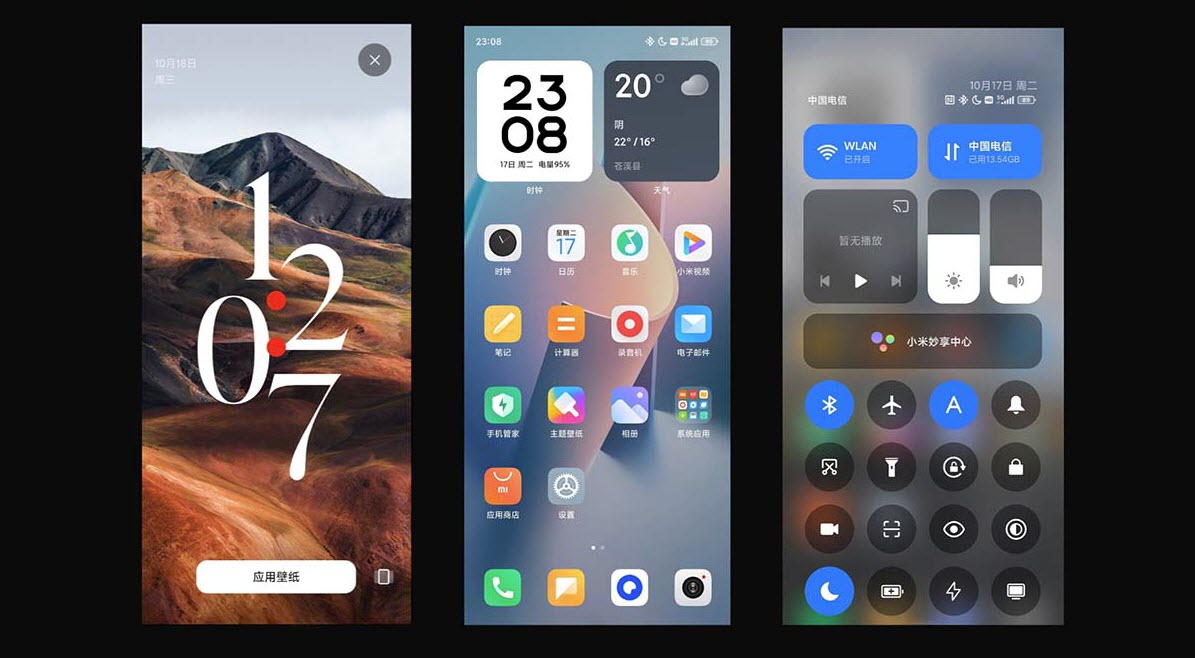Smartphones & Tablets | November 6, 2023

Xiaomi’s popular custom Android skin is coming to an end, and there is much anticipation about what’s coming next. For this reason, today we’ll tell you which Xiaomi phones will be compatible with HyperOS. So, if you wanted to learn more about the new software from this popular Chinese brand, you’ve come to the right place.
After more than a decade with MIUI, Xiaomi took advantage of the launch of their new powerful device, the Xiaomi 14, to announce the new system for their devices. Unlike MIUI, this will not only work on smartphones but will also be present in new products throughout their extensive ecosystem.

Xiaomi is a company that is always looking for ways to evolve, and this new software is a clear example of that. Discover which Xiaomi phones will be compatible with HyperOS and get answers to any questions you may have about this new system. Keep reading to draw your own conclusions!
For now, the only confirmed phones that will have HyperOS are the Xiaomi 14 and Xiaomi 14 Pro. Both devices will hit the market with this system version, and they are currently the only ones confirmed by the brand.
However, there is a list of phones that will likely be updated to HyperOS at some point. While this isn’t an official list, it includes the latest generations of devices released by the company, and they will likely receive updates:

The motto of HyperOS is “Human x Car x Home,” which clearly indicates the brand’s intention to cover multiple sectors with this operating system. This is a software that has been in development since 2017, ensuring high performance regardless of the type of device you’ll use it on.
Xiaomi will allow you to control various devices from the notification center, offering a convenient and effective cross-connection in HyperOS. This is one of the most important features of the operating system.
HyperOS is built on a modified Linux kernel and Xiaomi Vela open-source system. Above all of this are the Android libraries and their various services. The top layer is Xiaomi HyperConnect, which brings together all the functions of HyperOS to interconnect different products.
According to Xiaomi, HyperOS is extremely flexible because it can run on devices with memory ranging from 64KB to 24GB. This clearly shows the range of devices where the new operating system aims to be present.
HyperOS will provide a 15% increase in speed when loading third-party apps, require 24% less time to install apps, and reduce OTA update storage usage by 79%. Moreover, the mobile system firmware occupies just 8.75GB.
It’s also worth mentioning that HyperOS is compatible with more than 200 processor platforms and over 20 standard file systems. So, you can be confident that it will be present in various Xiaomi ecosystem products.
In terms of design, the look of HyperOS is quite similar to MIUI but with a more minimalist style and lighter tones. It will also include new control widgets and an aesthetic icon refresh.

Xiaomi has demonstrated in its presentations that HyperOS has the ability to quickly transfer the application you’re using from your mobile to your computer or copy and paste between devices. This feature, called HyperConnect, also allows changing camera sources and accessing the car’s camera from your phone. As you can imagine, this is one of the great advantages of HyperOS.
Xiaomi HyperConnect also serves as a control hub for Xiaomi’s ecosystem devices, from surveillance cameras to speakers. According to Xiaomi, HyperOS offers robust security and privacy for all devices and systems. Furthermore, Xiaomi HyperConnect works with products from other brands like Philips Hue or Yeelight, or any of the more than 9,000 different brands.